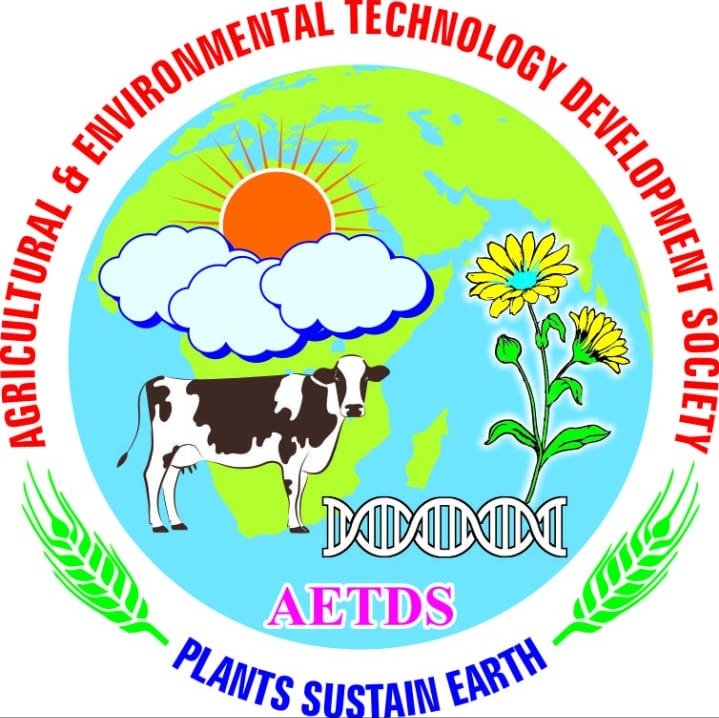
Secretary
Agricultural & Environmental Technology Development Society
Contact
Copyrights © 2024 All Rights Reserved. Powered by AEDTS

International Journal of Agricultural and Applied Sciences, June 2023, 4(1): 74-78
ISSN: 2582-8053
https://doi.org/10.52804/ijaas2023.4112

Research Article
Maize response to phosphorus and sulfur application on calcareous chernozem in Serbia
Vladimir V. Nosov,1* Svetlana A. Mladenović,2 Vladan Ugrenovic,3 Grigory A. Makarov,1 and Mikhail V. Sterkin1
1Apatit JSC, PhosAgro, 55/1 Leninsky Prospekt, Bld 1, 119333 Moscow, Russia
2Faculty of Agriculture, University of Belgrade, 6 Nemanjina Street, 11081 Zemun-Belgrade, Serbia
3Institute of Soil Science, 7 Teodora Drajzera, 11000 Belgrade, Serbia
Corresponding author e-mail: nosoff_72@mail.ru
(Received: 15/02/2022; Revised: 30/04/2023; Accepted: 28/05/2023)
ABSTRACT
Field studies were conducted on carbonate chernozem in Vojvodina Province of Serbia during two seasons of maize growing to adjust nutrient management practices when fertilizers are broadcasted and incorporated into the soil before sowing. The experimental scheme included six fertilization treatments: T1 (zero fertilizer control), T2 (N156P64K64, farmer fertilizer practice), T3 (N100P60K60), T4 (N100P60K60S36), T5 (N100P80K60), and T6 (N100P80K60S48). Nitrogen application practice was found to be excessive, while phosphorus application practice was found to be insufficient. Phosphorus application rate of 80 kg P2O5 ha-1 was found to be rational when the soil test for phosphorus was very low or low. Sulfur (S) application improved grain yield in higher yield conditions, whereas soil containing 3.9–4.0% of organic matter (OM) could meet crop S requirements in lower yield conditions of 5 t ha-1 and below. It is assumed that S application to maize in the southern Pannonian Plain in Serbia may be limited to 36 kg S ha-1.
Keywords: maize, grain yield, phosphorus, sulfur.